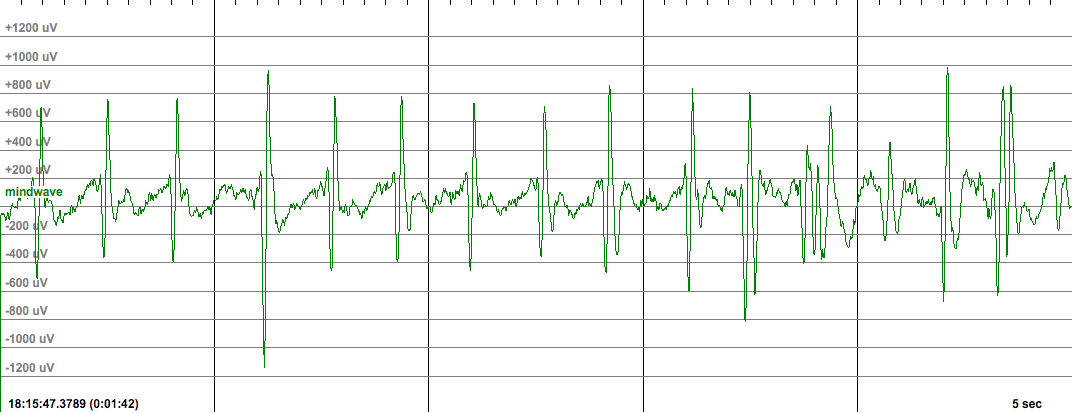Absence epilepsy affects everyday life on every level. Though many of us try to meet it with optimism, there is always that fear and anxiety. You make the most of every day, but never without precautions and a solid portion of routines. Below you can read how some parents approach the uncertainty that comes with absence seizures.
Topics: absence, future, life questions, unsteady agenda, uncertainty, unpredictable, impact on family
We sometimes call our brains "our computer". The comparison is striking. Our brains also consist of many cells (neurons) that are connected to numerous cables (axons). These cables allow the brain cells to communicate with each other. They send out signals. In case of epileptic seizures, this communication is disrupted.
EEG technology maps out this disruption. How exactly this happens seems to be very complex. In this blog, our technology expert, Dirk Loeckx, explains it clearly to you.
Clarity for better diagnosis and therapy
In 2017 the International League against Epilepsy (ILAE) published a new classification of epileptic seizure types. Prof. dr. Lieven Lagae, pediatric neurologist at UZ Gasthuisberg and Chairman of the European Pediatric Neurology Society, highlights the importance of the new classification and clarifies what is truly "new".
Topics: absence, seizure, epilepsy, neurologist, seizure type, diagnosis, treatment, motor onset, focal onset



